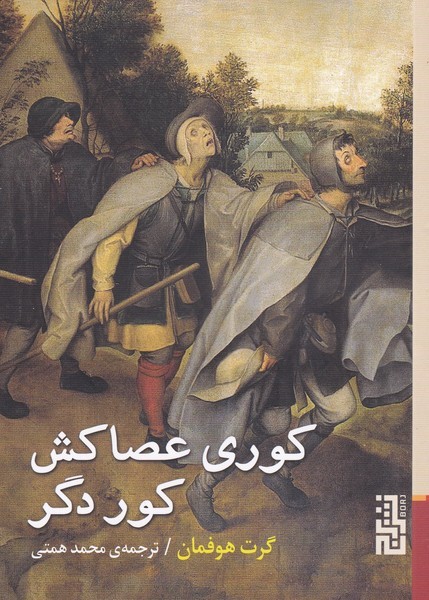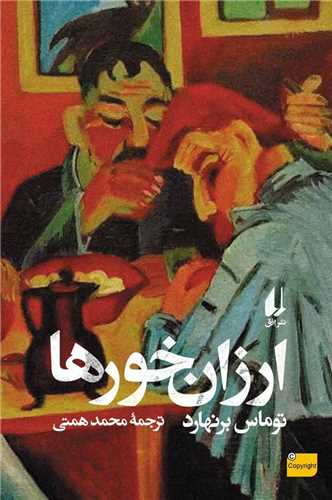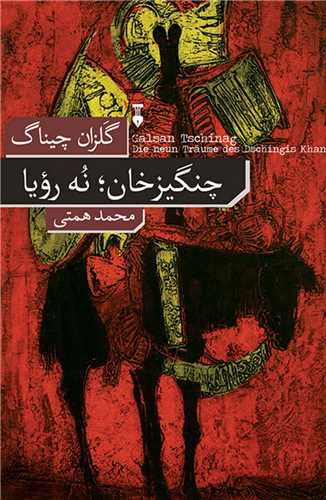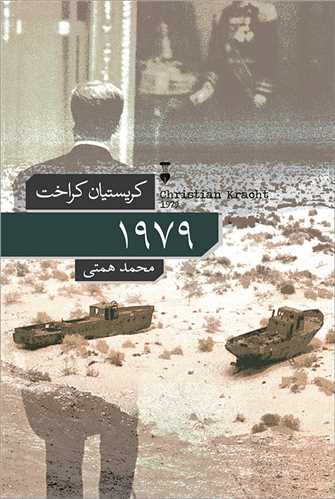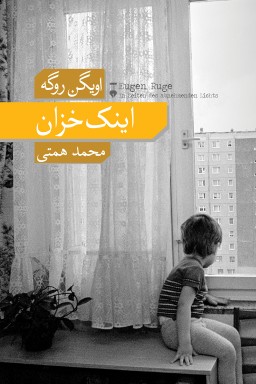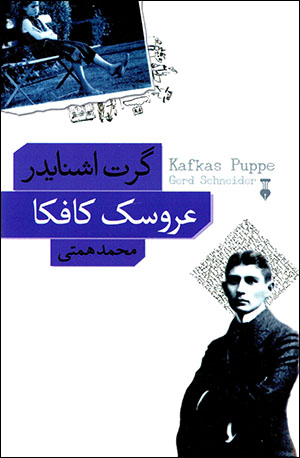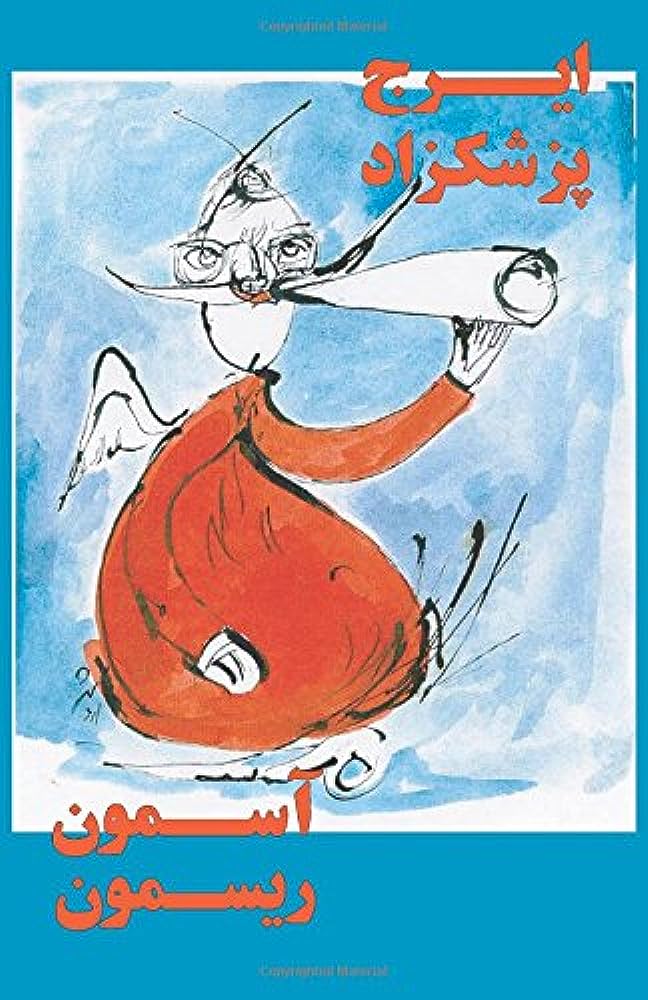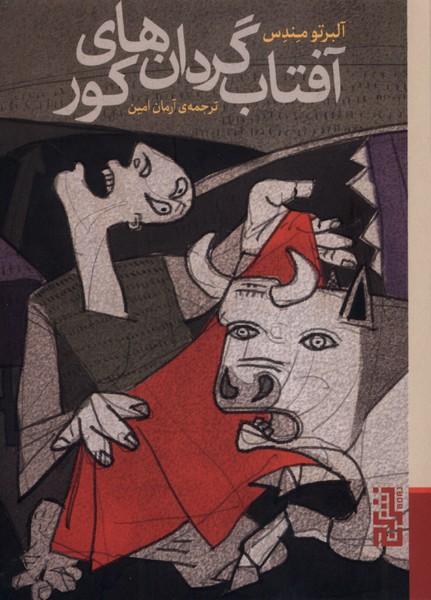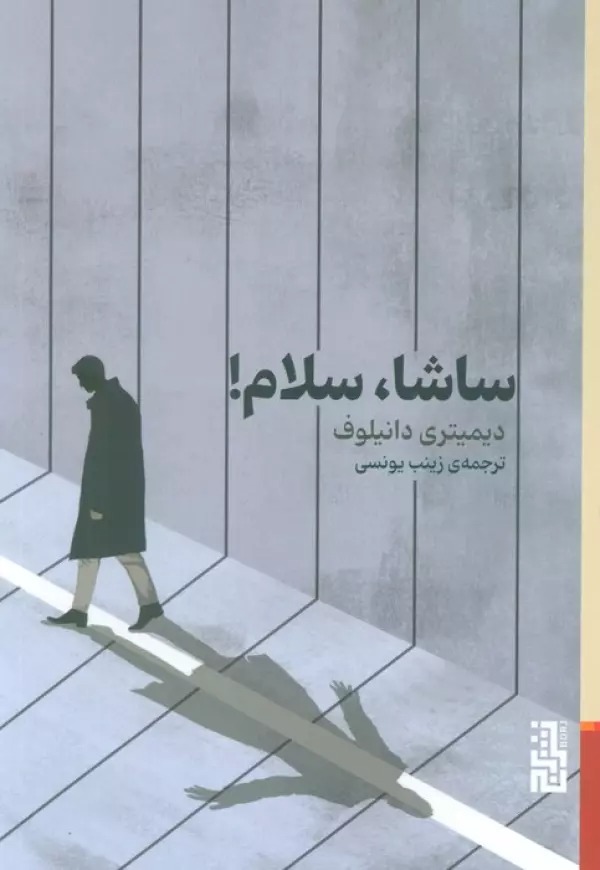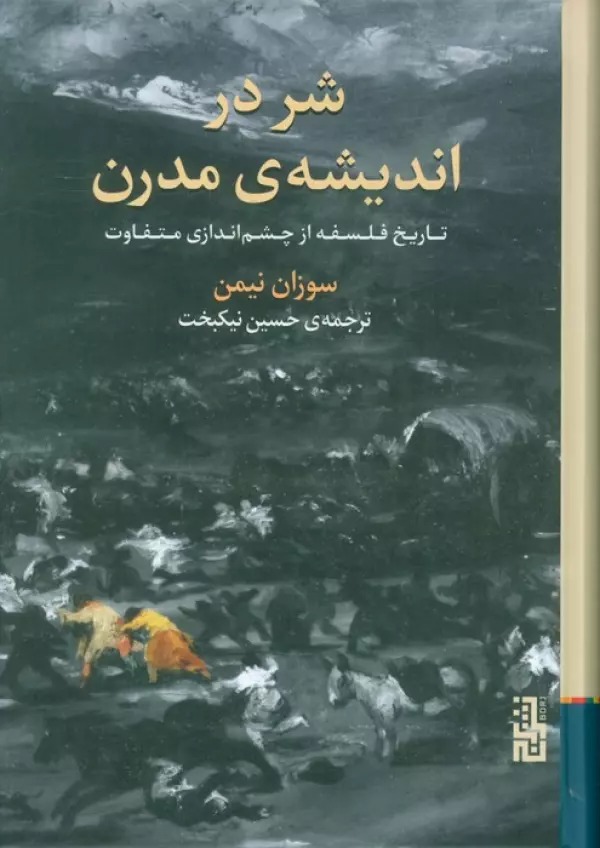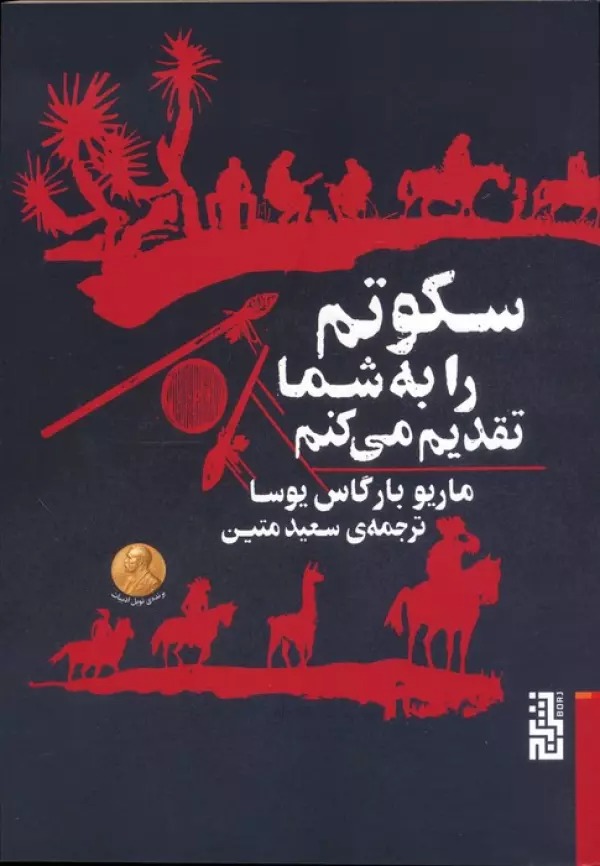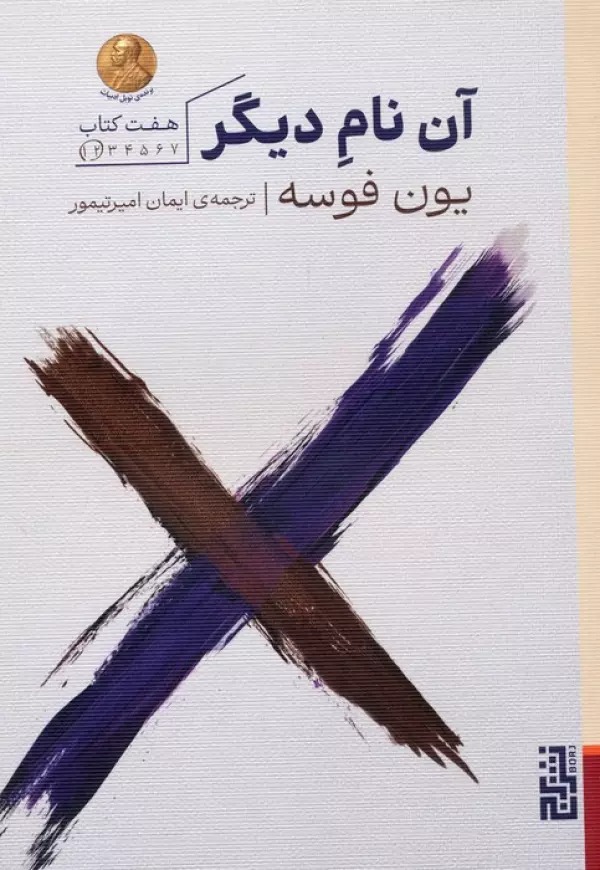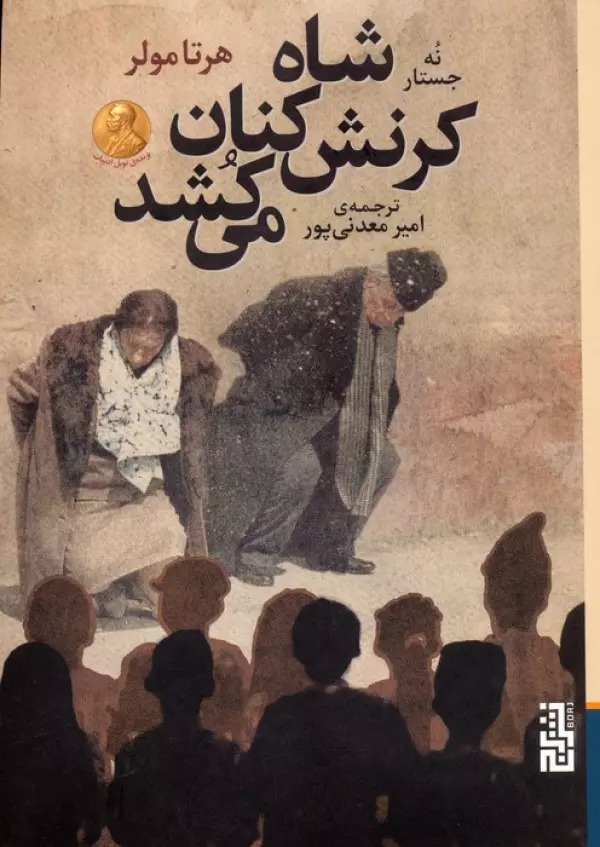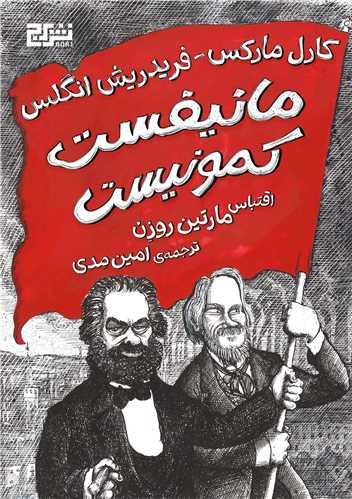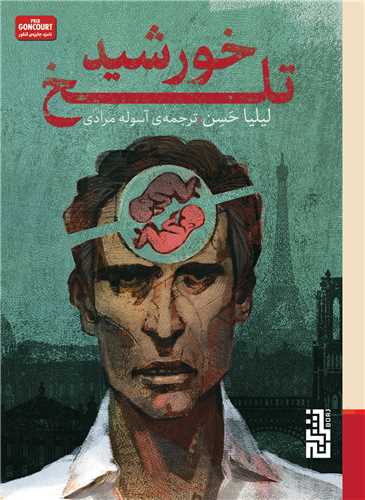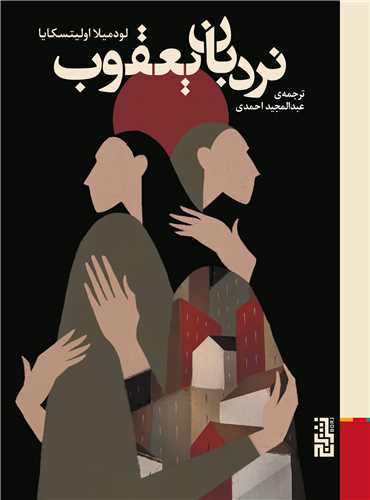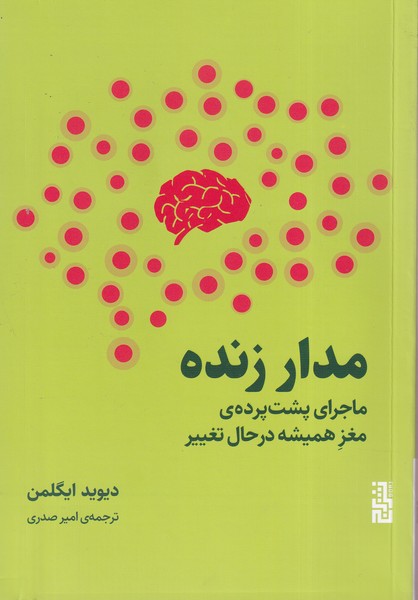Kūrī 'asā'kish-i kūr-i digar: Persiska (Farsi) 1402
کوری عصاکش کور دگر
13,54 €
Dela
Wishlist
ISBN:
9786227280807
Översättare:
Muḥammad Himmatī
Förlag:
Burj
Åldersgrupp:
Vuxen
Sidor:
176
Vikt:
124 g
Produktmått:
14 x 21 x 1
,
6 cm
Bokomslag:
Pocketbok
Renaissance painters irrevocably changed the human view of the world. A huge collection of geniuses whose spheres of imagination and cognition were moving in tandem and from that moment until now, man has had no other way to perceive and face the world and its phenomena than to look through their eyes and the labyrinths of their minds. From da Vinci, Michelangelo, Raphael, Caravaggio, and Botticelli to Bosch and Bruegel and others, each was so revolutionary in form and style that we still look at their works in awe, as if they stopped history and looked at us in the day after the last day. ! Just like the narration of the New Testament that says: "... and I saw and heard an eagle flying in the sky and saying with a loud voice: Woe to the inhabitants of the earth." The Dutch painter of rural landscapes, the same Peter Bruegel, who turned the myth of Icarus and his fatal fall from the heart of the Greek-Hellenic tradition into a story about the loneliness and isolation of man in the world, he also took the walking and the fall of the blind from a biblical story, and the painting is bitter and amazing and at the same time, He created a ridiculous situation that you don't know where to stand in front of him! The book "The Parable of the Blind" is narrated by Gert Hofmann, a German, influenced by the work of Bruegel. In this story, Hofmann narrates all that lived stupidity, the known but unexpected fate of a man trapped in ignorance who sees nothing but the dark and black side of the world. The Parable of the Blind is a story-telling and making a painting into literature, which summons history and connects painting and literature with exemplary brevity.
more
نقاشان رنسانس به شکل غیرقابل بازگشتی، منظر انسان به جهان را تغییر دادند. مجموعهی عظیمی از نوابغ که سپهر خیال و قوهی شناختشان، توأمان و همسو حرکت میکردند و انسان از آن لحظه تا به امروز، برای دریافت و مواجهه با جهان و پدیدههایش، راهی جز نگریستن از چشمهای آنان و هزارتوهای اذهانشان نداشته است. از داوینچی، میکلآنژ، رافائل، کارواجیو و بوتیچلی تا بوش و بروگل و دیگران، هرکدام در فرم و سبک چنان انقلابی بودند که همچنان با حیرت به آثارشان نگاه میکنیم، گویی آنها تاریخ را متوقف کرده و در روزی پس از روز واپسین به ما مینگرند! بهسان آن روایت عهد جدید که میگوید: «... و عقابی را دیدم و شنیدم که در آسمان پرواز میکرد و به آواز بلند میگفت: وای وای بر ساکنان زمین.» نقاش هلندی مناظر رروستایی، همان پیتر بروگل که اسطورهی ایکاروس و سقوط مرگبارش را از دل سنت یونانی – هلنی به روایتی بدل کرد پیرامون تنهایی و تکافتادگی آدمی در جهان، پیادهروی و سقوط کوران را نیز از روایتی انجیلی برگرفت و نقاشی تلخ و حیرتانگیز و درعین حال مضحکی را خلق کرد که در برابرش نمیدانی کجای بهت و نیشخند بایستی! کتاب «کوری عصاکش کور دگر» روایت «گرت هوفمان» آلمانیست، متأثر از این اثر بروگل. هوفمان در این داستان، همهی آن بلاهت زیسته، سرنوشت معلوم ولی نامنتظر انسان گرفتار در جهل که هیچ نمیبیند جز سوی تاریک و سیاه جهان را روایت میکند. کوری عصاکش کور دگر، داستانپردازی و به ادبیات درآوردن یک نقاشی است که با ایجازی مثالزدنی، هم تاریخ را احضار میکند و هم نقاشی و ادبیات را به یکدیگر پیوند میزند.
more

